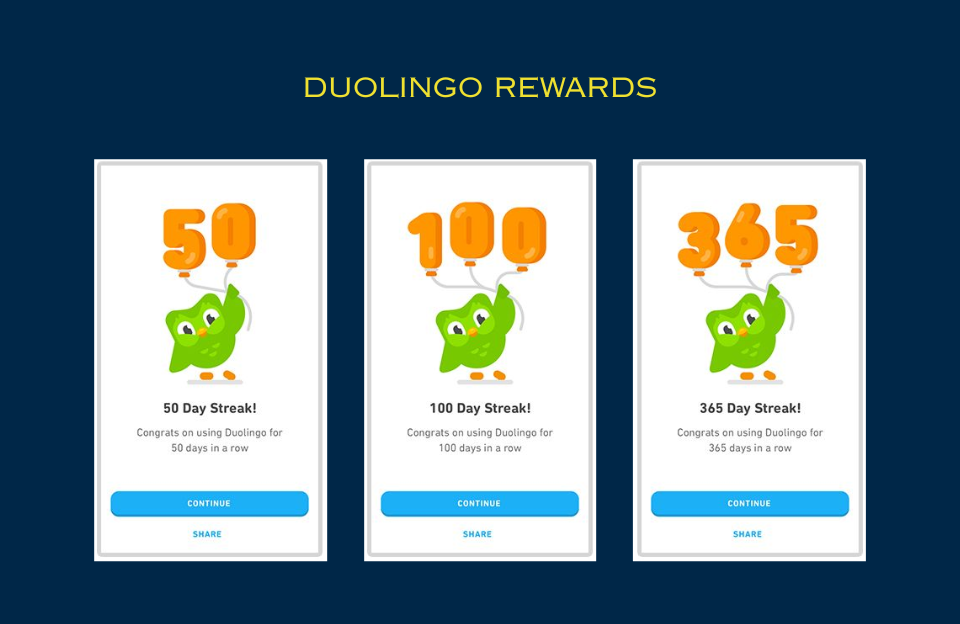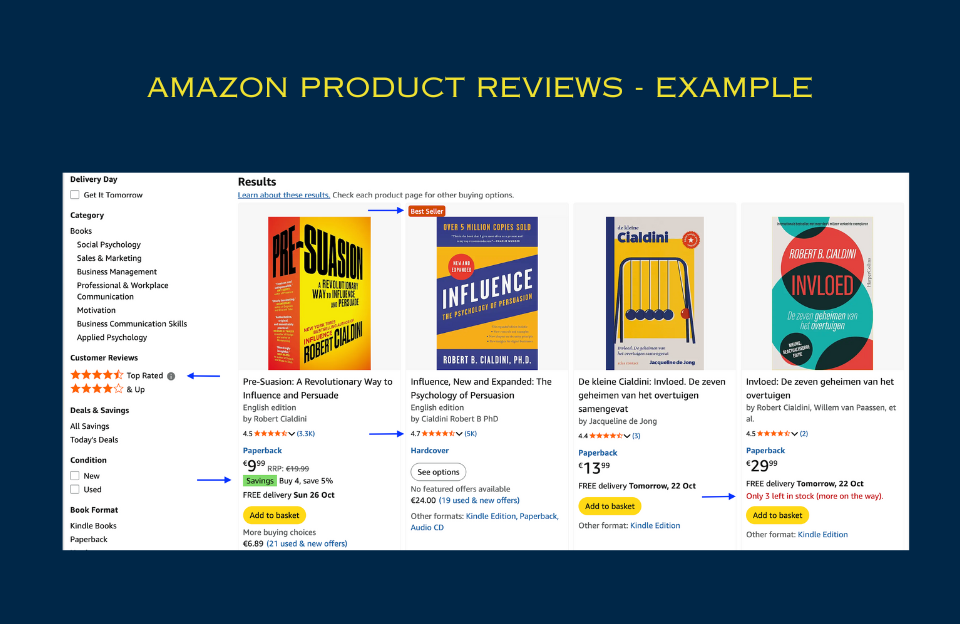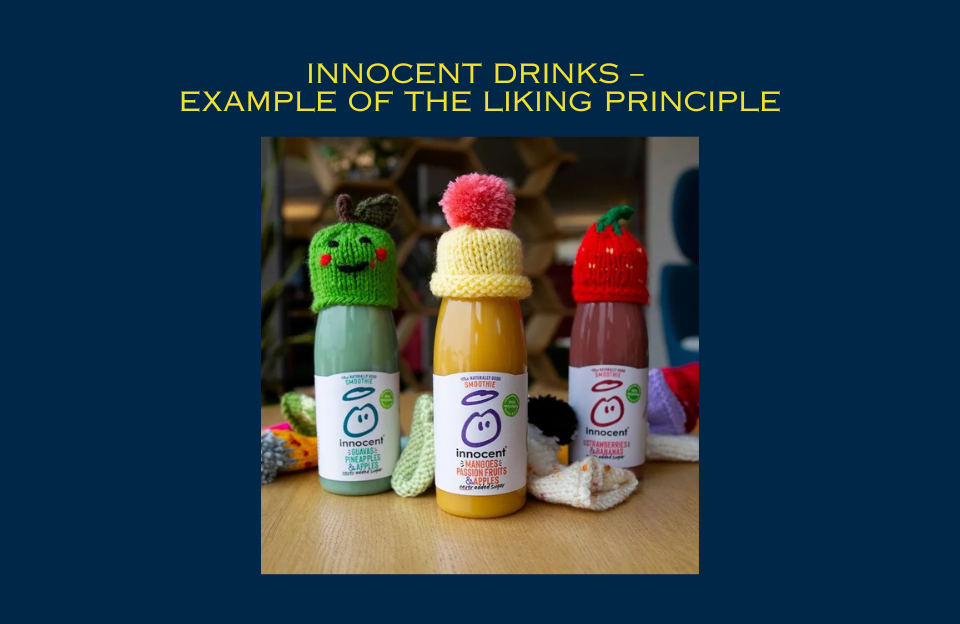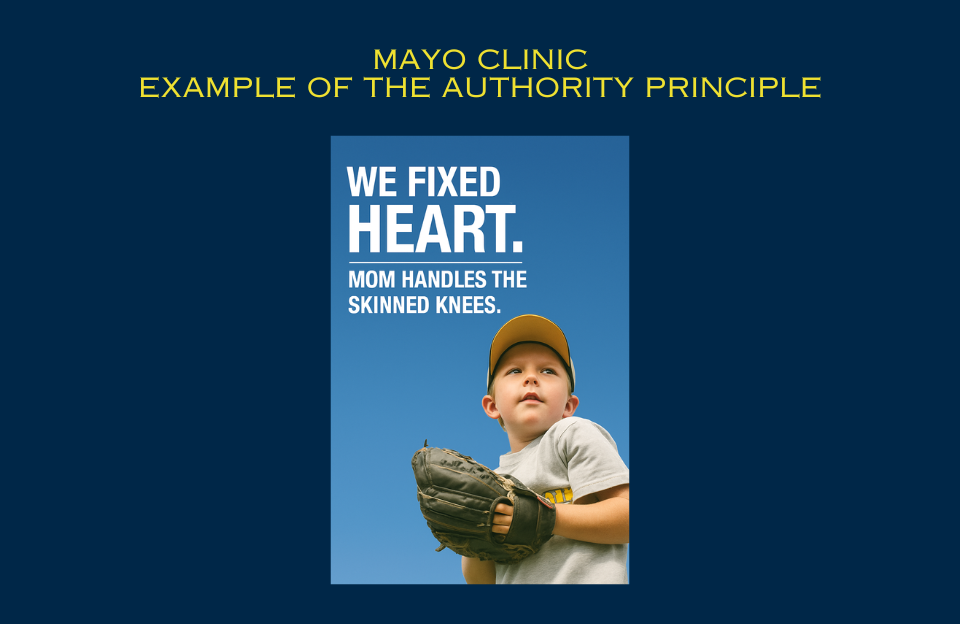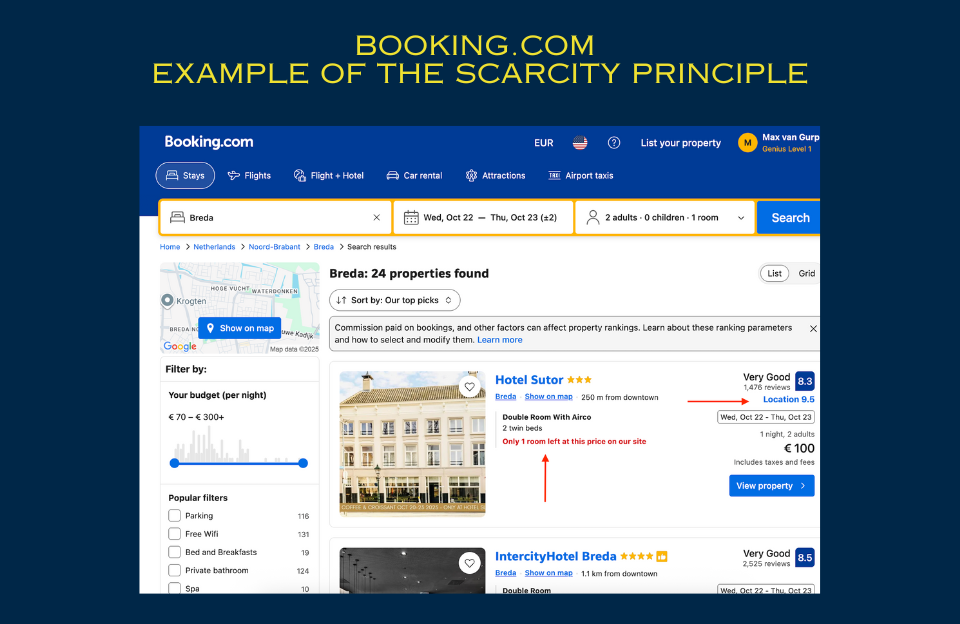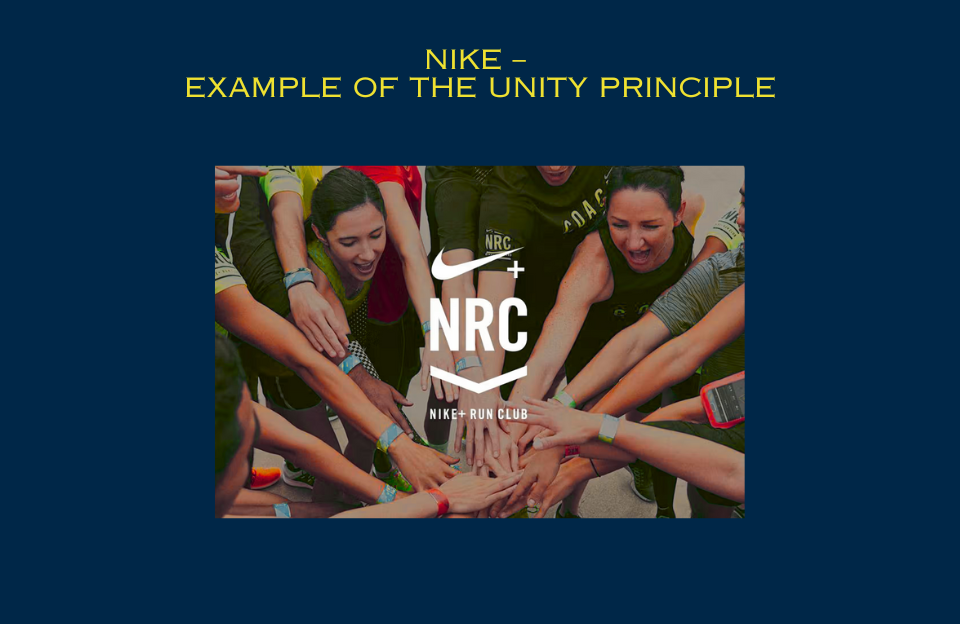Cialdini’s seven principles of influence are a practical lens for understanding why people say “yes.” When you apply them transparently, they remove friction from decisions, strengthen trust, and lift conversions without resorting to gimmicks. This guide outlines what the principles are, why they matter, how different audiences respond, and exactly how to use each principle in real marketing—from landing pages and email to e-commerce and SaaS pricing. They also align with insights from neuromarketing.
What are Cialdini’s principles?
Psychologist Dr. Robert Cialdini distilled decades of research into seven universal persuasion patterns: Reciprocity, Commitment & Consistency, Social Proof, Liking, Authority, Scarcity, and Unity. These principles don’t force agreement; they clarify value and reduce uncertainty at key decision points. Used well, they align business goals with user outcomes—making decisions easier, faster, and more satisfying.
Why they matter in marketing
- Clarity over cleverness: Principles translate fuzzy benefits into specific reasons to act now, not someday.
- Trust at the moment of choice: Expert signals and proof lower perceived risk where it matters most—near CTAs, pricing, and checkout.
- Momentum through micro-steps: Small, voluntary commitments build progress and reduce drop-off across journeys. See how this plays out in our email marketing guide.
- Belonging, not just benefits: When your message reflects identity and shared values, people feel seen—and become advocates.
These principles work best when they reinforce each other across touchpoints—an omnichannel approach helps them compound.
Match principles to your audience
Different segments respond to different cues. Outcome-driven, time-pressed buyers often react to Authority and Scarcity. Careful evaluators lean on Social Proof and Authority. Community-minded segments respond strongly to Liking and Unity. Younger audiences may prefer peer-driven proof and human tone; regulated or enterprise buyers expect credentials and verifiable claims. Treat these as hypotheses and validate with experiments—assume nothing without data.
The 7 principles with clear definitions and brand examples
1) Reciprocity
Definition: People feel a natural pull to return value after receiving something genuinely useful without strings attached. Reciprocity works best when the initial value is specific, immediately helpful, and clearly given in the recipient’s interest—not as a disguised sales pitch.
Brand example: HubSpot popularized the “give first” approach by offering free, high-quality tools—like its CRM, website graders, and editable templates. These assets solve real problems before any paywall, so upgrading later feels like a logical, fair exchange.
How to apply
- Offer a focused asset (template, calculator, audit) that tackles a common, high-value pain point.
- Deliver post-signup value—onboarding tips, quick wins, and short how-to sequences—to reinforce goodwill.
- Ask for a small, relevant next step only after value is proved (e.g., “Book a 15-minute consult to implement this”).
2) Commitment & Consistency
Definition: After a first voluntary choice, people prefer to act in ways that align with it—especially if the initial step was small, public, and easy. The brain favors a coherent story about who we are and what we do; structured micro-steps make the next action feel like a continuation, not a leap.
Brand example: Duolingo converts tiny daily goals into long streaks. The app’s progress bars, reminders, and celebratory nudges keep users consistent—turning short sessions into durable language habits.
How to apply
- Map micro-conversions (discover → subscribe → try → buy) and celebrate each step.
- Use progressive profiling rather than long forms; ask for more detail only after engagement grows.
- Reflect back completed steps (“You finished the setup checklist—unlock advanced features next”).
3) Social Proof
Definition: In uncertainty, people copy what others—especially similar peers—have chosen and endorsed. Specificity, recency, and relevance increase credibility; vague claims reduce it. The closer the proof is to the decision moment, the stronger its effect.
Brand example: Amazon places ratings, reviews, Q&A, and “Bestseller” markers right next to add-to-cart decisions. Proof is visible, quantifiable, and often tailored to the exact product variant.
How to apply
- Place testimonials, review counts, and use-case stories near high-stakes CTAs (pricing, checkout, lead forms).
- Use specific, verifiable numbers (“4.8/5 from 1,243 reviews”); include dates to signal freshness.
- Match proof to segments (industry, role, company size) to maximize perceived similarity.
Need inspiration for implementation? Explore our Social Proof examples.
4) Liking
Definition: We say yes more readily to brands and people we like—through warmth, similarity, familiarity, and genuine helpfulness. A human voice and real faces build rapport; relevance and respect sustain it.
Brand example: Innocent Drinks uses playful, human copy and behind-the-scenes content that makes the brand feel friendly and approachable. The tone is consistent across touchpoints, so affinity compounds over time.
How to apply
- Adopt a clear, friendly tone; remove needless jargon and internal acronyms.
- Show real people (team, customers), concrete stories, and unpolished moments where appropriate.
- Personalize by intent and segment; make recommendations feel like helpful suggestions, not pressure.
Platforms like Instagram and TikTok thrive on Liking — see our social media marketing guide.
5) Authority
Definition: People grant more weight to recognized experts and standards—when expertise is visible, relevant, and evidenced. Authority builds trust, especially in high-stakes or complex categories where users fear making the wrong choice.
Brand example: Mayo Clinic pairs medical articles with expert bylines, credentials, citations, and update dates. The structure communicates oversight and rigor, making guidance feel dependable.
How to apply
- Publish data-backed content (original research, benchmarks, case studies) with sources and methods.
- Display credentials, compliance badges, awards, and expert bylines near claims—not hidden in footers.
- Explain security, privacy, and reliability in plain language; link to policies users can actually understand.
Want to build authority with content? Start with focused explainer guides.
6) Scarcity
Definition: Real limits on time, stock, or access increase perceived value and trigger FOMO. Scarcity works when constraints are genuine and auditable; manufactured pressure erodes trust and long-term conversion.
Brand example: Booking.com surfaces limited availability (“Only 2 rooms left”) and time-bound deals close to the decision. Urgency is contextual and specific, which nudges faster, more confident choices.
How to apply
- Use authentic constraints (inventory, deadlines, capacity) and keep them consistent across channels.
- Show live counts or timers only when accurate; remove them when the offer ends.
- Pair scarcity with clarity (what ends, when, and what happens after).
7) Unity
Definition: Influence grows when brand and audience share a meaningful identity (“we-ness”). Unity speaks to who we are, not just what we like—values, mission, and a sense of progress together.
Brand example: Nike brings people together through Nike Run Club, athlete stories, and member benefits. The message is bigger than shoes: it’s a community of progress, discipline, and belonging.
How to apply
- Reflect your audience’s identity and values in language and visuals; avoid clichés and stereotypes.
- Create real spaces for belonging (forums, events, groups) where people can contribute and be seen.
- Spotlight member stories and co-creation; make participation part of the brand.
Channel playbook
Cialdini’s principles become most powerful when integrated naturally into everyday marketing channels. Below you’ll find how to apply them effectively across email, landing pages, e-commerce, and SaaS environments — where attention, trust, and timing intersect.
- Onboarding: Lead with Reciprocity by sharing valuable resources early — quick-start templates, free checklists, or bonus content that helps users achieve a win within minutes. Follow this with Consistency cues like progress bars or setup checklists to sustain engagement. The goal: transform a one-time signup into a lasting relationship.
- Promotions: Use authentic Scarcity by showing real deadlines, limited slots, or seasonal stock without exaggeration. Reinforce with reminder emails before the offer ends, and remove or update expired promotions immediately. This keeps trust intact while maintaining urgency.
Landing pages
- Above the fold: Combine Authority and clarity — show who you are, why you’re credible, and why action matters now. Use trust badges, certifications, or recognizable client logos near your value proposition.
- Near CTAs: Reinforce with Social Proof that’s both relevant and current — reviews, testimonial quotes, case results, or user counts. Match the proof to the audience segment (for example, enterprise buyers vs. individuals) for maximum credibility.
- Design tip: Keep the visual hierarchy simple. The call to action should stand out as the natural next step after trust has been built.
E-commerce
- Product pages: Build confidence by layering Social Proof (reviews, Q&A, “verified buyer” labels) with Authority signals (certifications, return policy, secure checkout). Add honest Scarcity cues such as “Only 3 left in stock” or “Ships within 24 hours.” For paid amplification, emotional cues work well in Facebook & Instagram ads.
- Cart and checkout: Reinforce Consistency with reminders of benefits already chosen — like “You picked the best-seller” or “You’ve saved 15% with your bundle.” Small affirmations reduce second-guessing and abandoned carts.
- Post-purchase: Continue Reciprocity after the sale through helpful tips, loyalty rewards, or surprise discounts — this encourages repeat purchases and referrals.
SaaS
- Pricing pages: Pair Authority with Social Proof — include quotes from credible clients, industry awards, or compliance badges next to your pricing tiers. Make each tier’s value difference explicit to prevent analysis paralysis. For professional audiences, LinkedIn Advertising is ideal for showcasing both.
- Trials and onboarding: Apply Reciprocity by giving actionable setup guides, templates, or best-practice libraries. Support Consistency through visual progress markers and milestone check-ins (e.g., “You’re 70% set up — connect your CRM next”). This converts curiosity into commitment.
- Renewals: Use Unity by reinforcing that users are part of a community of professionals improving together — a subtle but powerful driver of retention.
How to measure impact
To understand which principles move the needle, focus on metrics that reflect both short-term actions and long-term trust.
- Acquisition: Click-through rate (CTR), landing-page bounce rate, email engagement, signup or free-trial activation.
- Conversion: Add-to-cart rate, checkout completion, qualified demo requests, and plan upgrades.
- Trust & loyalty: Review quality and quantity, referral volume, churn reduction, and time-to-first-value (TTFV).
Run A/B tests on one meaningful variable at a time — such as the type of social proof, copy tone, or urgency element. Ensure tests run long enough to reach statistical significance. Segment results by traffic source, device, country, and buyer stage. You can track these signals directly in Google Analytics reports. Finally, document hypotheses, findings, and learnings so improvements accumulate instead of being forgotten after one campaign.
Ethical guardrails
Persuasion is powerful — but only sustainable when rooted in honesty and respect. Ethical marketing earns long-term trust, not just short-term clicks.
- Truthfulness: Use verifiable data, genuine reviews, and credible numbers. Always cite sources when quoting performance metrics.
- No fake urgency: Time limits or stock notices must reflect reality. Faked scarcity might boost conversions briefly, but damages credibility long-term.
- Consent & privacy: Obtain clear consent for tracking or email subscriptions. Avoid pre-checked boxes, dark patterns, or manipulative opt-ins.
- Accessibility: Design for everyone — readable contrast, keyboard navigation, focus states, descriptive alt text, and clear headings aren’t just compliance items; they improve experience for all users.
- Cultural respect: Adapt tone, visuals, and examples to local contexts. Identity-driven campaigns should unite, not alienate.
Common mistakes to avoid
- Too many persuasion cues: Mixing urgency, authority, and proof in one view overwhelms users and dilutes your main message.
- Generic social proof: “Loved by thousands” feels vague. Specific, recent, and segment-relevant proof builds far more trust.
- Artificial scarcity: Rolling countdowns and fake limits create suspicion. Transparency converts better — and lasts longer.
- Ignoring post-conversion value: Once the sale closes, keep nurturing with useful follow-ups and loyalty programs. Reciprocity shouldn’t stop at checkout.
- Lack of segmentation: Different audiences need different cues. Founders care about ROI; procurement teams want compliance and risk reduction.
Implementation checklist
- Pick one primary principle per page or campaign. Add a secondary cue only if it strengthens—not competes with—the main one.
- Place Authority and Social Proof closest to the decision point, not buried in the footer.
- When using Scarcity, specify what’s limited, for how long, and what happens after expiration.
- Include Consistency nudges across onboarding and checkout (progress bars, completed steps, reaffirmations).
- Reinforce Unity with community spaces, real customer stories, and participation opportunities.
- Define success metrics early and set up analytics tracking before launch.
To keep momentum and topical authority, organize related content into topic clusters and publish value-first articles as outlined in our educational content strategy.
Closing
Cialdini’s principles resonate because they mirror how people genuinely make decisions. Choose the one or two principles that best fit your audience and message, apply them where the decision happens, and measure carefully. When your proof is authentic, your authority real, your steps clear, and your message human, persuasion feels like clarity — and clarity is what converts.
FAQ — Cialdini’s 7 Principles of Influence
What are Cialdini’s 7 principles of influence?
Dr. Robert Cialdini identified seven universal principles that explain why people say “yes”: Reciprocity, Commitment & Consistency, Social Proof, Liking, Authority, Scarcity, and Unity. These principles describe natural psychological triggers that shape human decision-making.
Why are Cialdini’s principles important in marketing?
They help marketers communicate value in a way that feels human and trustworthy. Instead of pushing harder, these principles make it easier for audiences to understand, relate, and act — resulting in higher conversions and stronger brand loyalty.
How can I apply these principles ethically?
Always lead with honesty and value. Offer real benefits (Reciprocity), be transparent about deadlines (Scarcity), and use verified data (Authority). Ethical use builds long-term trust; manipulation may win short-term clicks but damages reputation.
Which principle is the most effective?
Effectiveness depends on context.
For B2B, Authority and Consistency often drive conversions.
For e-commerce, Social Proof and Scarcity tend to perform best.
For community-driven brands, Liking and Unity are the strongest.
Test, measure, and adapt to your audience.
How does Cialdini’s theory apply to digital marketing?
Each principle can be embedded into your funnel:
Email: use Reciprocity through free guides and onboarding wins.
Landing pages: place Authority and Social Proof near CTAs.
Ads: create urgency with real Scarcity or time-bound offers.
Content marketing: build Liking and Unity through storytelling and brand personality.
What’s the difference between Social Proof and Authority?
Social Proof relies on peer validation — what others like me are doing.
Authority depends on expert validation — credible, evidence-based endorsement.
The two complement each other: social proof creates relatability, authority adds trust.
How do I measure whether the principles are working?
Track behavioral and trust metrics:
CTR, signup and conversion rates for Reciprocity and Consistency
Review quality, referral rate, and churn for Social Proof and Authority
Community engagement and retention for Unity
Run A/B tests with one principle at a time to see what moves your audience most.
Can these principles be misused?
Yes — when used deceptively (fake scarcity, false reviews, or dark patterns). Misuse might drive short spikes in sales but erodes brand credibility and violates consumer trust. Ethical persuasion is transparent, honest, and user-centric.
How do these principles connect to behavioral psychology?
Cialdini’s work draws from behavioral psychology and cognitive bias research. Each principle reflects a mental shortcut people use to simplify complex decisions — for example, reciprocity links to fairness bias, and social proof connects to herd behavior.
Where can I learn more about Cialdini’s research?
Cialdini’s classic book “Influence: The Psychology of Persuasion” and its updated edition “Pre-Suasion” explore the science behind these principles in detail. Both are essential reading for marketers, psychologists, and communication professionals.


